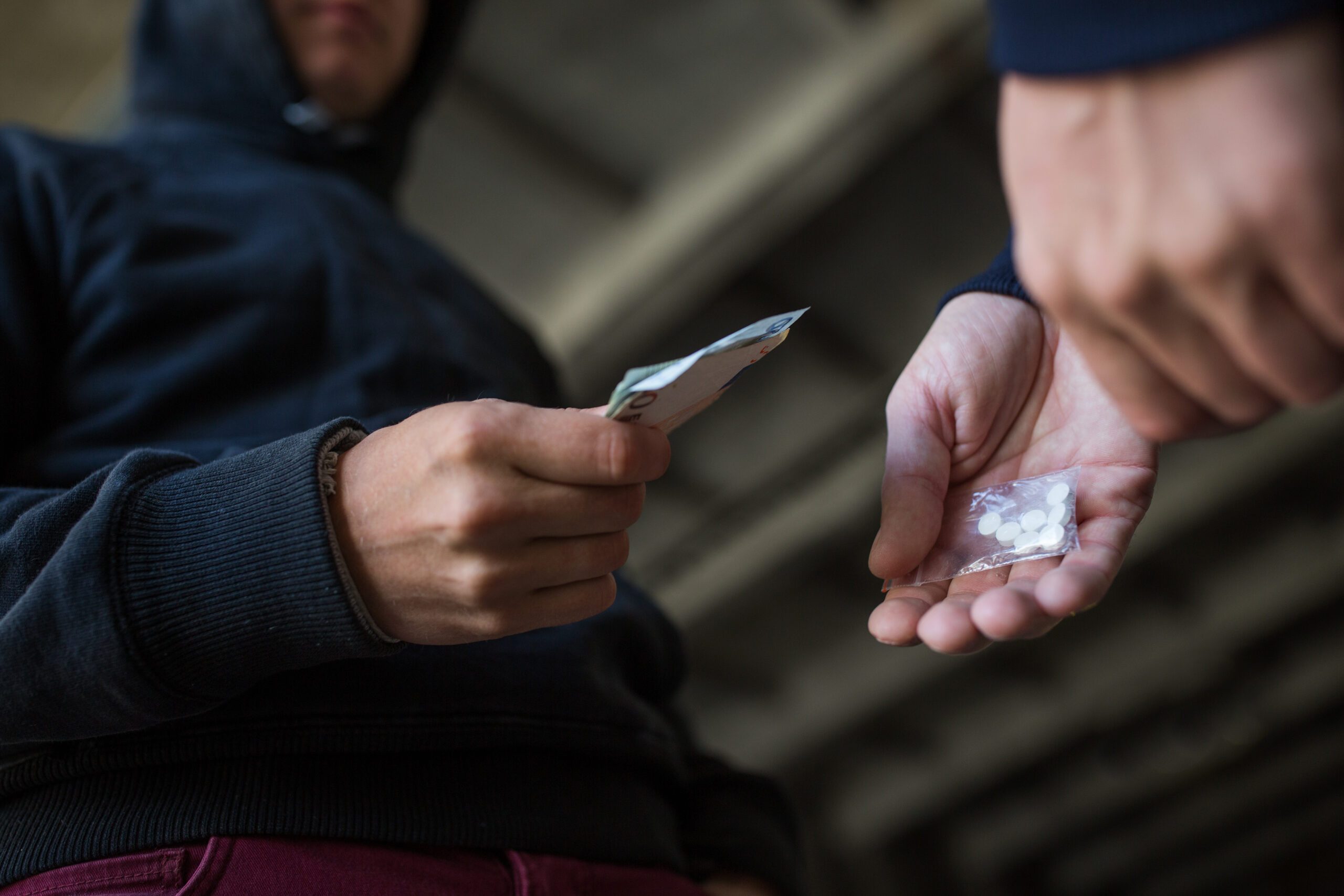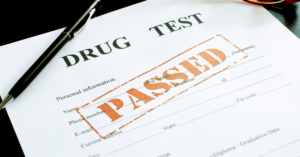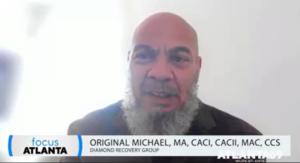Synthetic Street Drugs vs. America
America is under attack. For many of us, those words will conjure up images of the September 11 attacks and the subsequent War on Terror. But this is an attack of a different nature, from within our own borders and synthetic drugs are the weapon of choice.
America’s relationship with drugs has always been complicated. The severity of the societal impact drugs have had waxes and wanes over the decades. In recent years we’ve been mostly focused on the opioid epidemic. But there is a larger trend looming over the landscape of America’s cities, suburbs, and rural areas. It is the rise of synthetic street drugs.
What are these synthetic street drugs and what makes them a particularly deadly and virulent threat? This Diamond Recovery piece will answer that question and others.
What Are Synthetic Street Drugs?
Synthetic street drugs are illegal, intoxicants that can be manufactured entirely from chemical precursors. One key factor that makes them different from most conventional drugs of abuse is that they don’t originate from a plant.
Heroin begins as opium, processed from the opium poppy. Cocaine begins as coca paste, processed from coca leaves. Those raw ingredients are produced in their countries of origin and turned into powerful illicit drugs on their way to America’s streets.
These synthesized drugs on the other hand are formulated entirely from industrial chemicals and sometimes even some household ingredients. This means they can be produced virtually anywhere that a crude laboratory and production space can be set up.
Many of the precursor chemicals themselves are easy to get and inexpensive because they are components of many legal compounds too. This makes synthetic drugs much harder to control. The usual smuggling interdiction efforts aren’t as effective. The criminal organizations that make these drugs are highly adaptable, clever, and well-financed.
The Most Common Synthetic Street Drugs
- Fentanyl: This synthetic opioid is 50 to 100 times more potent than morphine. It’s often mixed with other drugs. Fentanyl is responsible for the majority of overdose deaths in the U.S.
- Methamphetamine (Crystal Meth): Illegally produced amphetamines have torn rural American communities apart and are found in urban areas as well. Crystal meth is highly addictive and takes a notoriously terrible toll on users health.
- Xylazine: Originally a veterinary tranquilizer, this drug has found its way onto the streets and is often mixed with opioids. It’s especially dangerous because NARCAN administered for opioid overdose has no effect on the CNS depressant qualities of a tranquilizer. It’s also known to cause tissue damage and necrosis in IV users.
- Synthetic Cannabinoids (K2/Spice): These compounds are synthesized to mimic the molecular structure of THC, the active ingredient in marijuana enough to cause an intoxicating effect and sprayed onto smokable plant material. Like every other drug on this list, there is no quality control or FDA oversight in its production. Users have reported alarming side effects including psychosis.
- Monkey Dust (cathinone): One of the newer names in synthetic street drugs to make an appearance is a synthetic form of the cathinone compound found in the natural stimulant drug khat. It’s very similar to the drugs sold as ‘bath salts’ and also known as MDPV.
- Bath Salts: A group of dangerous synthetic street drugs. The name derives from the practice of disguising the drugs as bath salts to be sold openly in retail stores.
- Flakka (alpha-PVP): A synthetic stimulant of the cathinone class, Flakka is chemically similar to the “bath salts” drugs and just as dangerous, if not more so.
What Can Be Done About Dangerous Synthetic Drugs?
Unfortunately, the organized crime networks that make billions of dollars from keeping America addicted have recognized the potential of these synthetic drugs to increase their profitability. They make it much easier to evade interdiction and give them a cheap way to increase the potency of drugs like heroin. The federal government is taking steps to control the importation of precursor chemicals, but there’s a limit to what that can accomplish.
The best thing we can do as recovering people and mental health care providers is to raise awareness about the dangers of synthetic street drugs. All drugs of abuse are dangerous in their own right, of course. However, it is critical for people to know that these illicitly





